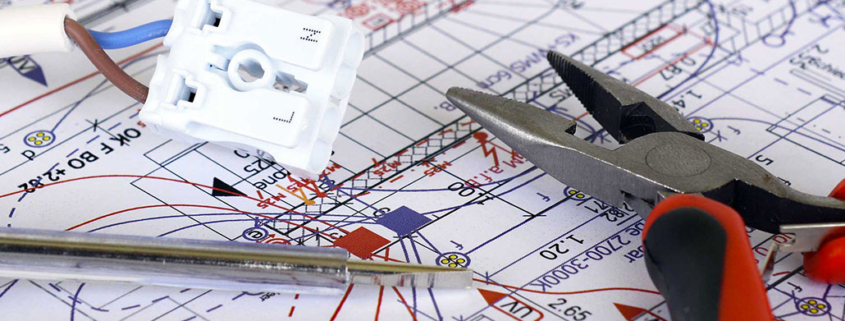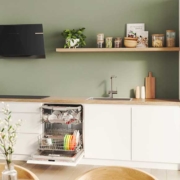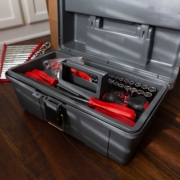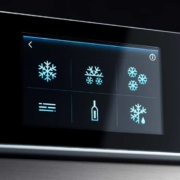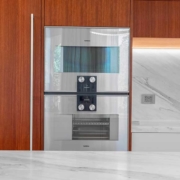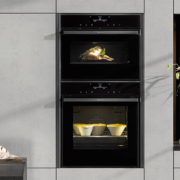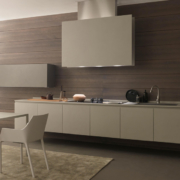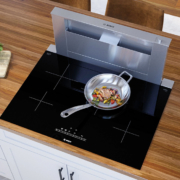The voltage for appliances in the world
There are different voltages in homes around the world. To adapt to different markets, manufacturers can produce appliances with dedicated voltages for different countries, creating confusion for buyers who intend to purchase appliances from international distributors.
With this guide we clarify and help you choose the best solution for your home.
Where to find the wattage of the appliance
You can usually find the wattage of most appliances stamped on the bottom or back of the appliance, or on its “nameplate”. The wattage listed is the maximum power drawn by the appliance. If the wattage is not listed on the appliance, you can still estimate it by finding the current draw (in amperes) and multiplying that by the voltage used by the appliance.
What type of electrical voltage is used in your country?
Before buying electrical appliances, you need to know what type of electrical voltage is used in your country and what type of adapter or plug is needed to plug your appliances into the outlet.
Voltage in America, Australia, Europe and other parts of the world
Most electrical appliances made for use in the U.S. work at 115 volts, most of North and South America, the Caribbean and Japan also use 110-voltage electricity, while Europe and other parts of the world have 220-volt electrical outlets.
Generally, in the States, the common voltage connection in homes is 110-120VAC (Volts Alternating Current). While other parts of the world use 220-240VAC as the standard power supply connection for residences.
Electrical current is supplied domestically throughout Australia at 230/240volts, 50 hertz.
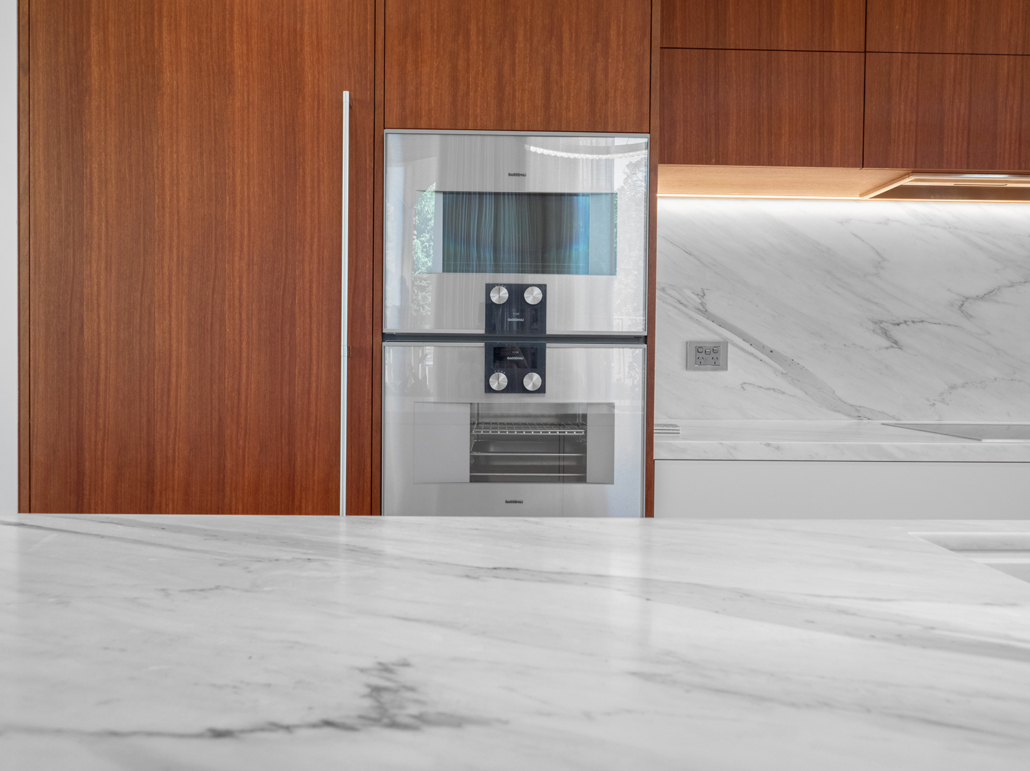
The Plug Type I
Australia, as well as New Zealand, Papua New Guinea and Argentina uses the Plug Type I, which is the plug that has three flat pins in a triangular pattern.
The Australian plug also works with sockets in China.
All the appliances you buy on our website will work in Australia, as they all operate at a range of 220v-240v 50Hz.
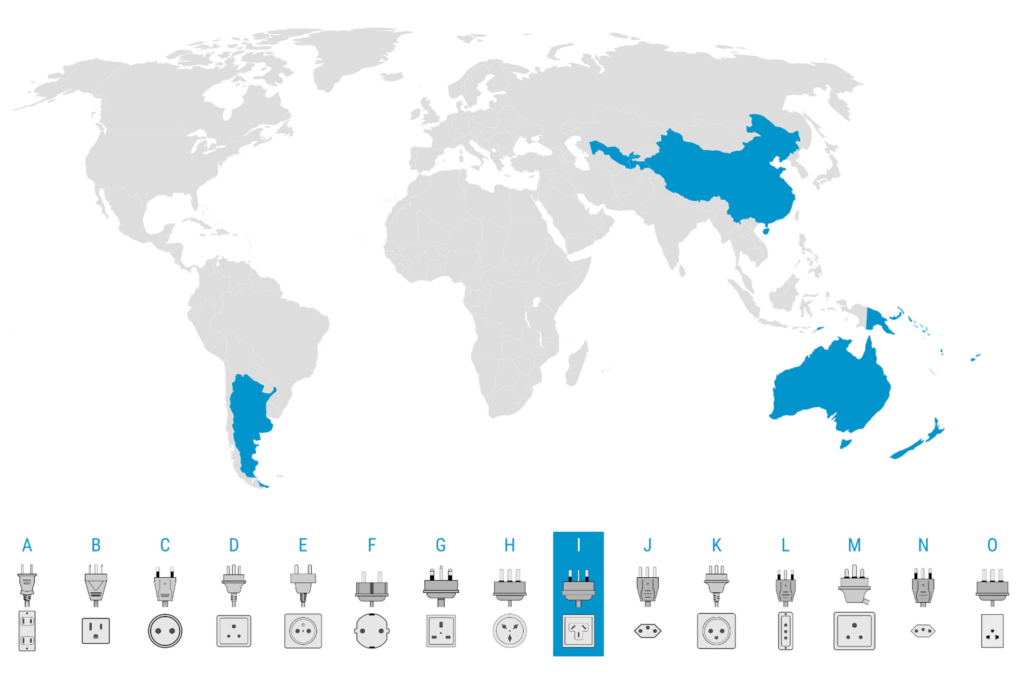
Will 240V appliances work in my country?
The primary concern revolves around whether or not 240V appliances will operate in residences and what are the steps required to allow proper operation.
The solution is very simple.
To use 240V appliances with a standard 110V household voltage (Example: USA), a special connection must be installed in the house.
Your appliance connection will use either the range of 110-120VAC or 220-240VAC. Some appliances can run dual voltage, but most do not, so you must use the correct corresponding voltage, otherwise you risk damaging your appliance.
Recently, there have been an increase with using 230V appliances and equipment, the standard has been used in a broader market all over the world with the accommodation of an adapter or connection plug. For the most part, higher voltage means more power, which in turn, is capable of a more rigorous performance.
In order to use higher or lower rated voltage that does not match your output, you will need to equip a transformer to either step up or step down in power supply.
Buying on salbini.com
Appliances sold on our shop all operate at a range of 220v-240v 50Hz according to European standards, so they will work in Europe, in Australia and in all the countries that have a range of 220-240v.
For all other countries with lower voltage it will be enough to take the necessary steps and they will work perfectly.
Credits: Cover Photo Pixabay

